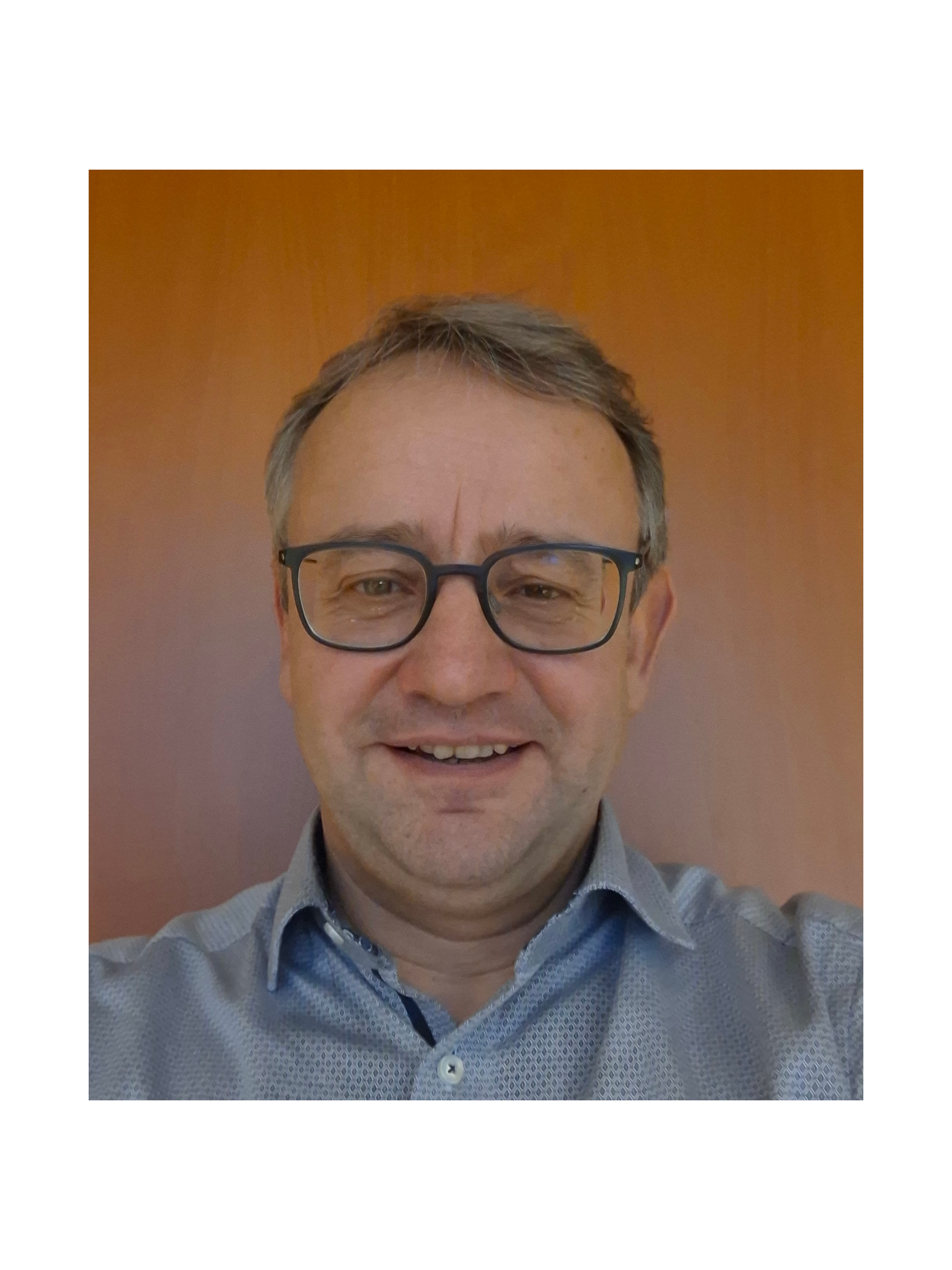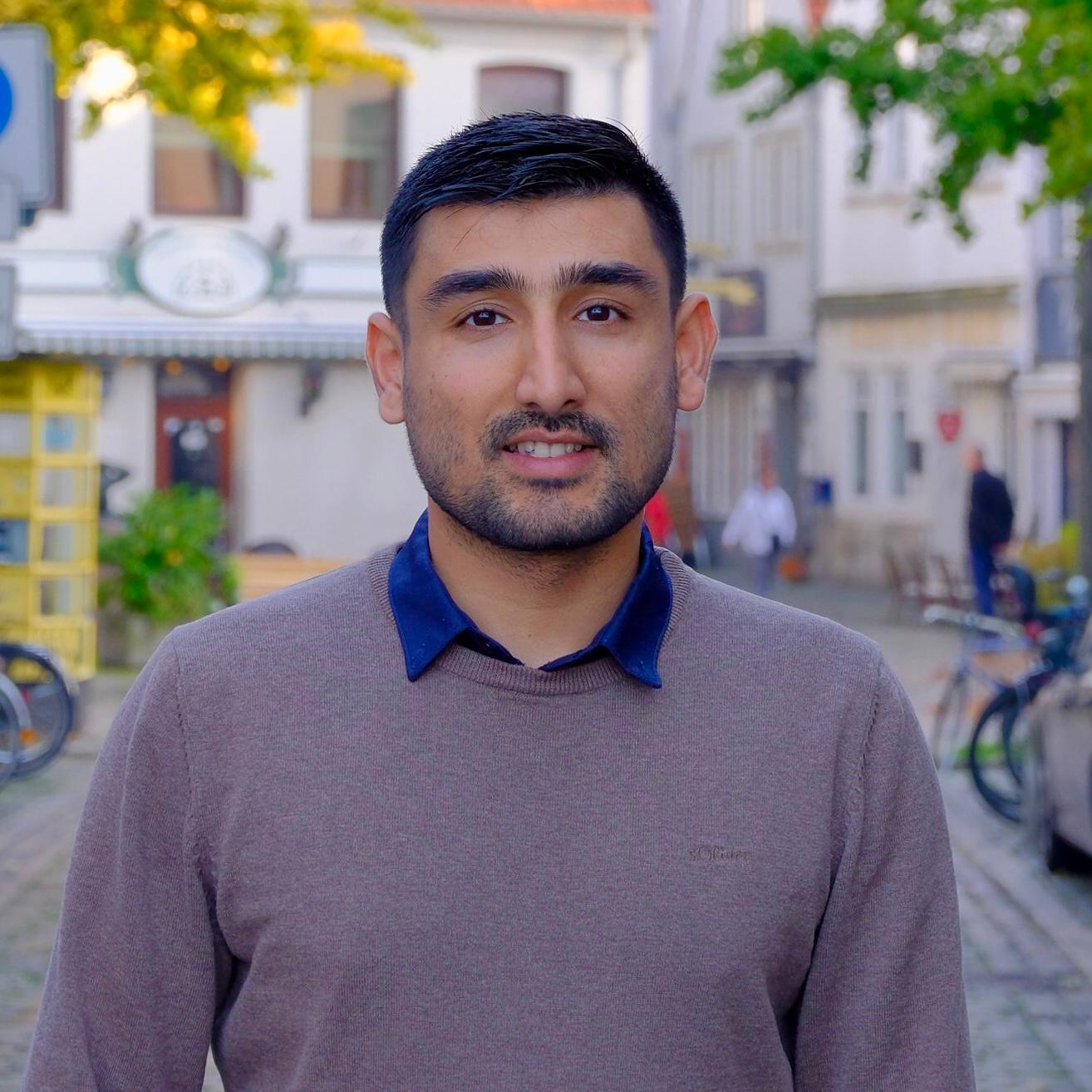Charge transfer states and higher excited states in light-harvesting
Johannes Kepler University Linz, Austria
Principal Investigator:
Prof. Dr. Thomas Renger

Doctoral Candidate
Krishna P. Siwakoti

Proyect Description:
This research project deals with charge transfer and higher excited states in photosynthetic pigment-protein complexes. We want to study how the coupling between charge transfer states and excited states influences the optical and energy/electron transfer properties. For this purpose the complexes are investigated by quantum mechanics/molecular mechanics techniques (QM/MM) in combination with a diabatization that allows to map the eigenstates of the quantum chemical calculation of pigment pairs and larger pigment aggregates onto an effective Frenkel exciton/charge transfer Hamiltonian that can be used to calculate optical spectra and energy/electron transfer. As a first application, we will investigate electron transfer in open and closed reaction centers of photosystem II. In a next step, we want to investigate the so-called red states of photosystem I, which exhibit a red shifted absorption. Our hypothesis is that the coupling between excited states and charge transfer states is responsible for the red shift. Again we will apply a QM/MM method with diabatization, this time on chlorophyll dimers and one trimer of the photosystem I antenna. Ultimately, we plan to investigate how the light-harvesting efficiency of photosystem I is affected by the red states.
Publications:
- Gemeinhardt, F. G., Lahav, Y., Schapiro, I., Noy, D., Müh, F., Lindorfer, D., & Renger, T. (2023). Short-Range Effects in the Special Pair of Photosystem II Reaction Centers: The Nonconservative Nature of Circular Dichroism. The Journal of Physical Chemistry Letters, 14(51), 11758-11767.
